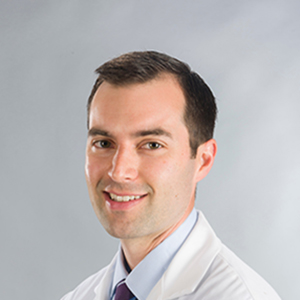A vasectomy isn’t exactly foolproof, but it’s difficult to beat for long-term birth control. After a vasectomy, only 15 to 20 of every 10,000 couples experience a pregnancy, according to the National Institutes of Health, sharply lower than oral contraceptives (500 pregnancies per 10,000 couples) and the use of condoms (1,400 pregnancies per 10,000 couples).
Men tend to get a little squeamish when talking about a vasectomy, but brace yourselves: Nov. 18 is World Vasectomy Day, created in 2012 by filmmaker Jonathan Stack after shooting a documentary about fatherhood, including his own decision to have a vasectomy. It’s a family-planning event with close to 1,000 doctors in 40 countries performing vasectomies.
On men’s to-know list: A vasectomy, a safe outpatient procedure that uses no scalpel and usually takes less than 20 minutes, does not reduce sex drive, virility or sexual pleasure. It also does not change the amount of ejaculate — less than 3 percent of ejaculate is actually sperm. A vasectomy, in fact, does not affect sperm production. It only prevents sperm from joining the semen ejaculated from the penis. (The body reabsorbs any sperm produced.)
How does that happen? During a vasectomy, usually performed by a urologist, the duct that carries sperm from the testicle to the urethra, is sealed — most often by clamping or cutting. That’s it. The no-scalpel (and no-stitches) procedure developed in China in 1974 has helped relieve vasectomy anxiety. A vasectomy, covered by almost all insurance programs, is also much less costly than a woman’s tubal ligation.
A vasectomy doesn’t take long, but it it won’t work as a birth-control method until any remaining sperm leaves the body, up to 20 ejaculations. To be safe, doctors recommend a semen analysis before patients engage in sex without a contraceptive.
A vasectomy isn’t necessarily forever. A reversal is possible, though more complicated.
The procedure can typically be performed through mini-incisions not much larger than the original vasectomy. While the reconstruction may be slightly simpler if it has been a short period of time, there is no time interval that is too long, with some centers performing reversals up to 40 years later.
Dr. Jared Bieniek is a urologist with Hartford HealthCare’s Tallwood Urology and Kidney Institute.
For more information, click here.


